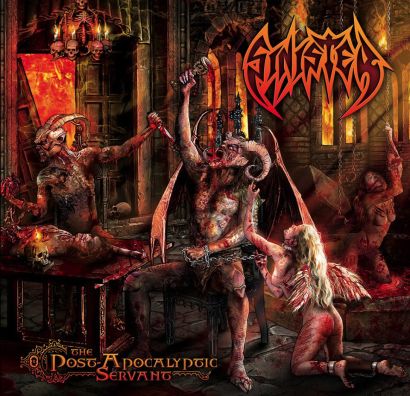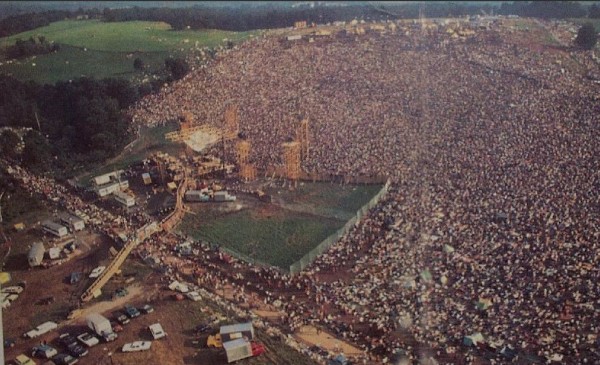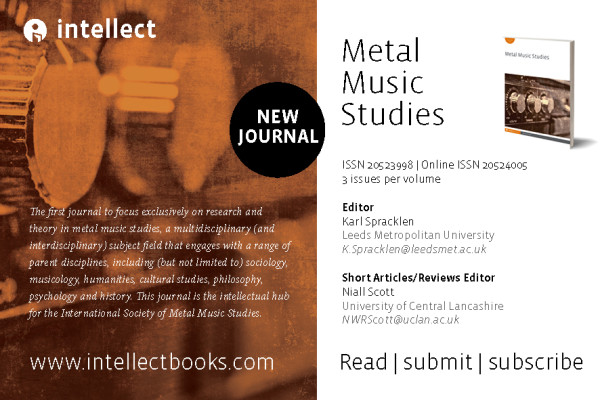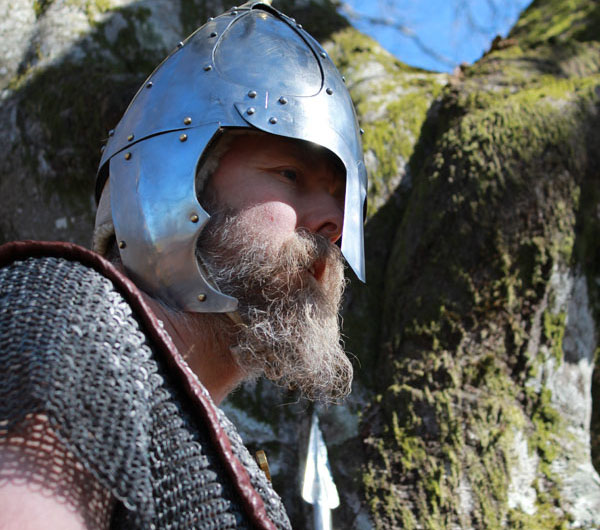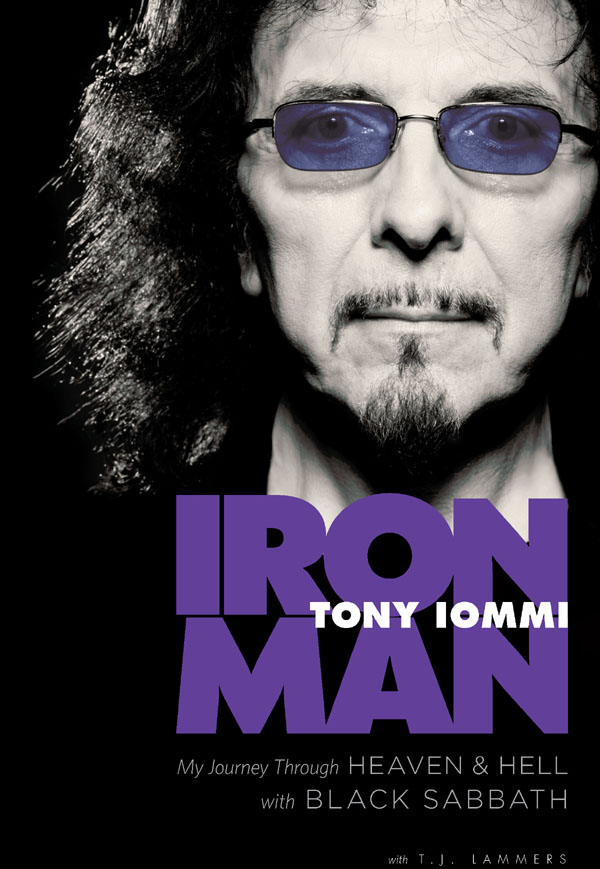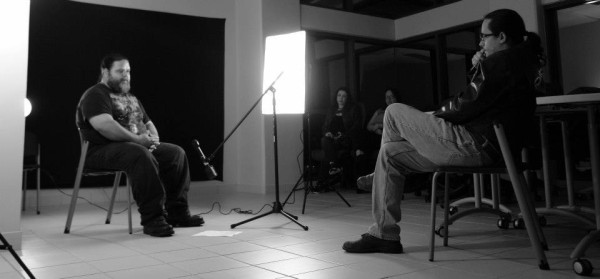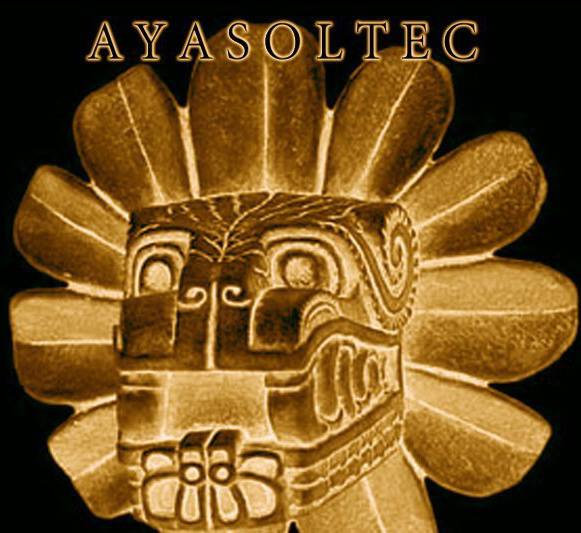For those who caught our review of the – – – /Dawning split some months ago, the intentional mystery behind – – – may have created some interest. Artists disguising themselves is nothing new; all of black metal disguised themselves under pseudonyms and paint like nocturnal vigilantes. Authors such as Thomas Pynchon are famous for their reclusive refusal to be photographed or interviewed. And in occult and ambient music, the situation gets even more obscure.
– – – create music that sounds like a heavy metal hybrid with the vaguely occult black metal of the style that Deathspell Omega made famous, but with a mix of heavy metal in the balance such as one might find from Paradise Lost or Primordial. The result floats gently through the speakers and is both familiar and highly distant. We were fortunate to gain access to the concealed personality behind – – – for a short interview on the nature of existence, music and possibly why black metal has lost its way.
When did – – – originate, and what can you tell us about the lineup?
I wrote a lot of minimalistic music when I was about 15-16 years old. Back then I didn’t have a guitar, just an old keyboard. All the music I wrote, I wrote down with the help of some MIDI-software. I didn’t think I would do anything with the MIDI-files, I just wanted to write some music. Several years later I found all those MIDI-files (about 50-60 tracks) and thought it would be fun to add drums and some guitars. Thus was the music of – – – born.
The lineup is just me. On some tracks a friend of mine sings.
The music you play has a lot in common with both avantgarde black metal and the type of instrumentally advanced heavy metal that Therion ventured into with its third album. What style do you identify as your own, and what are your biggest influences?
When people ask in general what music I play, I usually answer that I play heavy metal. There are so many genres in the metal corpus so just to begin answering what kind of metal one is playing is rather impossible. And if heavy metal doesn’t suffice I’d say I play dragon metal.
For the piano compositions I’ve had the great Flemish composer Wim Mertens as a big influence. Also Michael Nyman, Roberto Cacciapaglia and Ludovico Einaudi. The guitars are just buzzing tremolo melodies to accompany the piano tracks.
Much of your work seems to be based around the notion of secrets; if not outright secrets themselves, the revelation of hidden meaning. Do you think there are hidden meanings in life around us? Are these metaphysical or material?
To answer the first question: Yes, I do think there are meanings in life around us. If this meaning is hidden or not I can’t really tell. To acknowledge that there is meaning around us is in itself a great step toward a life that isn’t nihilistic and/or fatalistic. But then you’ll have to validate whether these meanings are good or bad. I’ve chosen to believe that the meanings I’ve found in life are good ones. I don’t know this by necessity and I can’t persuade anyone that this is the right path. I believe that there is a reality and that I, as a human being, am capable of knowing something about it.
Since I have to relate to a material world to even begin to grasp the metaphysics, I’d have to say “yes” on this question (I interpreted it as an inclusive disjunction). I don’t think any materialistic substance can hold a Principle (of something higher). We interact bodily with the materialistic world and with our mind (soul), through the study of metaphysics, the Principles (how to know the meanings epistemologically).
Why did you choose the name “- – – “?
I used to name my music project files that way. And then the name stuck.
As – – – goes on, do you think you have “matured” or “improved”? Is there a difference?
Maybe lyrically, but not musically. I still use the old MIDI-files I wrote several years ago.
Where will you go next with – – – ? Will there be more recordings, a change in style or a different look at things?
I have no idea. I think I will try to write something new from scratch. It will probably not sound exactly the same.
What personally attracted you about underground metal, and keeps you bonded to it twenty years past its glory days?
Probably the creativity. There are a lot of interesting bands that have a genuine sound or have really talented musicians. There is always something new and fresh that you can find in the great sea of underground bands. You don’t see the same creativity around the big names in metal.
Are your songs based around symbolism from which riffs are created, or do you base them around riffs and layer symbolism on top of those?
If by symbolism you mean the lyrics then: yes. I usually have some tracks ready when I begin writing the lyrics. Then I puzzle them all together.
If by symbolism you mean that I have a clear idea about what the tracks is going to be about, then: no. The lyrics are written separately from the music.
If someone wanted to find out more — but not too much — about – – – , where should they look?
Look toward where the sunrise, and in to the names of Pseudo-Dionysius the Areopagite’s divine. Otherwise you should try google: “- – – “.
16 CommentsTags: ---, Black Metal, Heavy Metal
